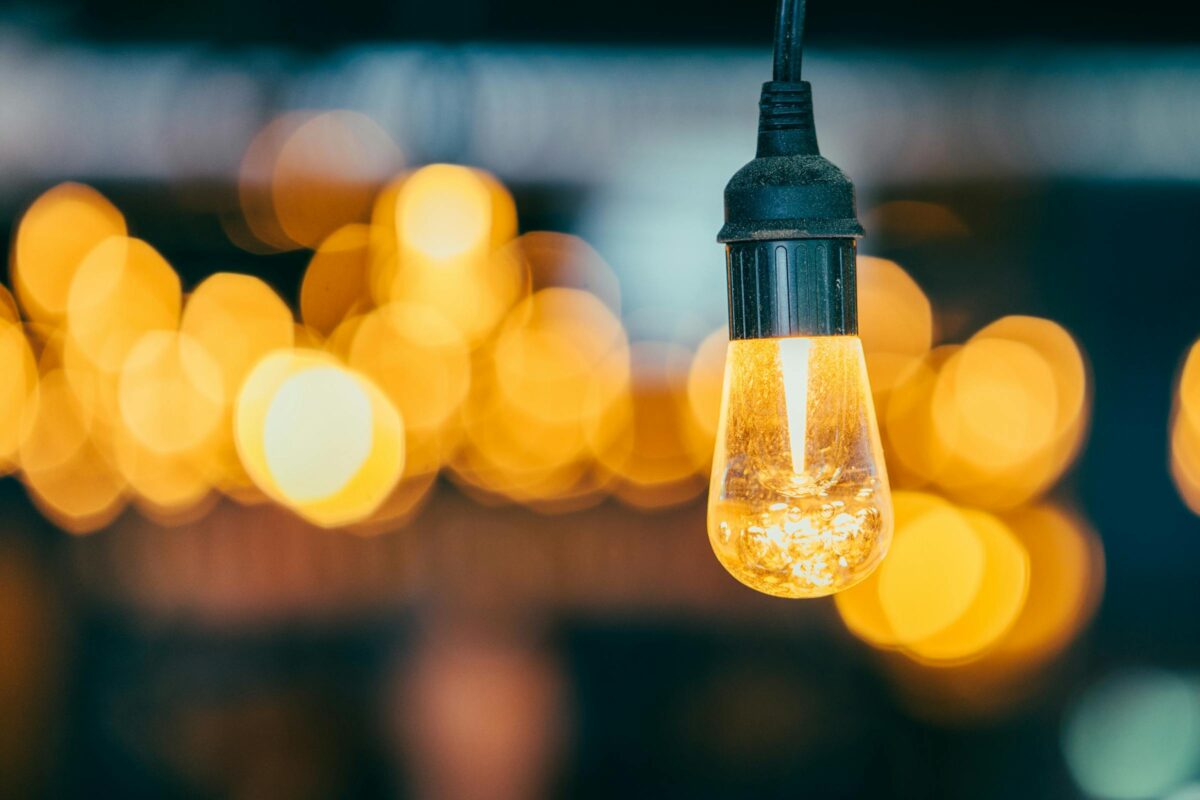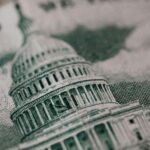Galactday: 55282.7
When Thomas Edison flipped the switch at his Pearl Street Station in New York City in 1882, illuminating a handful of buildings in lower Manhattan, he couldn’t have imagined it would take nearly 70 years for electric power to reach every home in the United States. That first glow of incandescent light sparked a revolution—but it spread unevenly across the country, benefiting urban elites first decades before farmers and rural residents could plug into the grid. Photo by Sergei A
The first private residence in the U.S. to be wired for electricity was the home of financier J.P. Morgan. Edison personally supervised the installation of the wiring and lamps, using his newly invented incandescent bulbs. This historic event took place just blocks from where his Pearl Street Station began generating power for 59 customers in September 1882.
At the time, electric lighting was considered a luxury. Most Americans relied on gas lamps, oil lanterns, or candles. Edison’s breakthrough changed that—but at first, only for the wealthy and those living in major cities.
Electrification spread rapidly throughout urban centers. By the late 1880s and early 1890s, cities such as Boston, Chicago and San Francisco were developing their own power stations. Private companies competed to wire affluent neighborhoods, especially after the emergence of alternating current (AC), promoted by Nikola Tesla and George Westinghouse, allowed power to be transmitted over longer distances more efficiently than Edison’s direct current (DC) systems.
Throughout the early 20th century, urban America embraced electricity not just for lighting but for powering streetcars, elevators, fans, and early appliances like electric irons and toasters. By the 1920s, electric refrigeration was beginning to replace iceboxes in well-off households.
However, this rapid growth was largely confined to metropolitan regions. The rest of the country remained in the dark—literally.
Resistance to the Current
While electrification brought undeniable benefits, it did not arrive without opposition. Resistance emerged in multiple forms—from fear and misunderstanding to powerful corporate lobbying and rural reluctance.
In the early years, many Americans were deeply skeptical of electricity. With frequent reports of electrical fires, electrocutions, and wiring mishaps, fear of accidents was widespread. Some believed electricity could poison the air or damage health. In rural and religious communities, suspicion about the unnatural force running through walls led some to reject its presence entirely.
Corporate resistance was also significant. Private utility companies, which had long dominated the urban power market, opposed public involvement in electrification. When President Franklin D. Roosevelt proposed the Rural Electrification Administration (REA) and later the Tennessee Valley Authority (TVA), utility interests pushed back. They argued that public power initiatives were socialist, even labeling them un-American, and launched PR campaigns to preserve their monopolies and discourage federal intervention. Sound familiar?
Even in the countryside, where electricity could have been transformative, not everyone was eager to adopt it. Many farmers balked at the high initial costs to wire homes and barns. Others believed their traditional methods were sufficient and viewed appliances like washing machines or refrigerators as unnecessary luxuries. For some, there was simply a lack of understanding about how electricity worked, leading to anxiety and hesitation.
To combat these concerns, the REA sponsored fairs, provided live demonstrations, and ran educational campaigns to promote electrical safety and the convenience of electric-powered life.
By 1930, roughly 90% of urban homes had electricity, but in rural America, fewer than 10% did. Private utility companies were reluctant to extend service into the countryside, deeming it unprofitable. The cost of building miles of line to reach sparsely populated farms far outweighed potential returns.
For rural families, this wasn’t just an inconvenience—it was a matter of quality of life and productivity. Farmers still hauled water by hand, used wood or coal for heat, and relied on kerosene lamps for light. Tasks that took minutes in an electrified household could take hours in the country.
A New Deal for Power
The game-changer came during the Great Depression. Recognizing the inequity and economic disadvantage facing rural Americans, President Franklin D. Roosevelt made rural electrification a central component of his New Deal.
In 1935, Roosevelt signed an executive order creating the Rural Electrification Administration (REA). A year later, Congress passed the Rural Electrification Act of 1936, giving the REA the authority to provide low-interest loans to rural cooperatives that would build and operate their own electric systems.
The impact was immediate. In 1935, only 11% of U.S. farms had electricity. By 1940, that number had climbed to nearly 33%. Progress slowed during World War II due to labor and material shortages but resumed quickly after the war ended.
Power to the People
By 1950, more than 90% of American farms were electrified. Rural homes gained access to modern conveniences that cities had enjoyed for decades—refrigerators, washing machines, electric water pumps, and radios. Electrification revolutionized agriculture, allowing farmers to mechanize operations and dramatically boost productivity.
The full nationwide electrification of homes—urban and rural—was effectively complete by the early 1950s, nearly seven decades after Edison lit that first lightbulb in New York. The electrification of America stands as one of the most significant technological and social transformations in U.S. history. It narrowed the rural-urban divide, reshaped industry, and lifted millions of families into the modern age.
Today, electricity is so ubiquitous it’s taken for granted until it fails and we realize everything runs on it. But the story of how it came to every corner of our country is a reminder that even revolutionary inventions can take generations to reach everyone. Edison may have invented the lightbulb, but it took a nation—and a president with vision—to make sure everyone sees the light.




